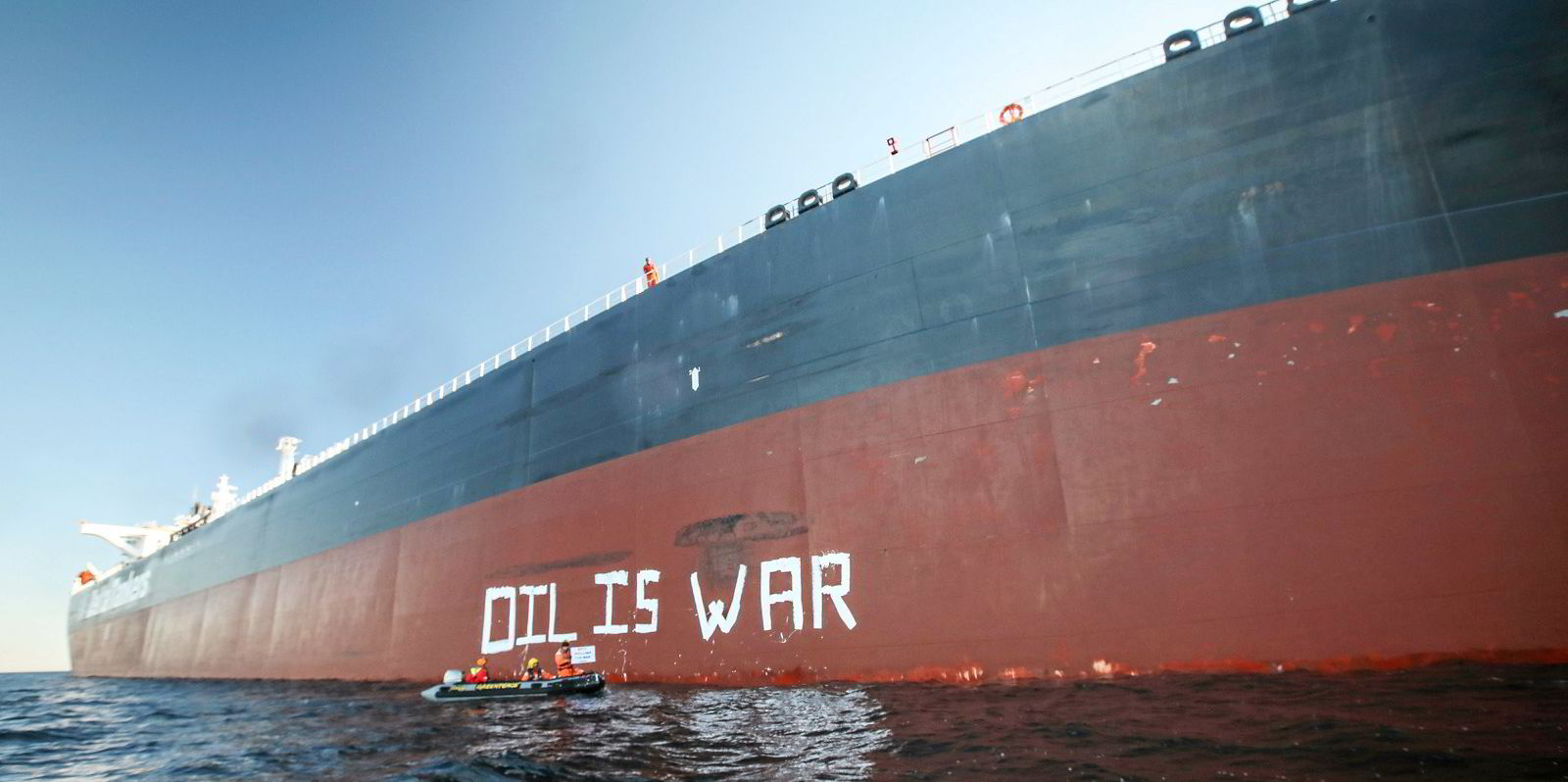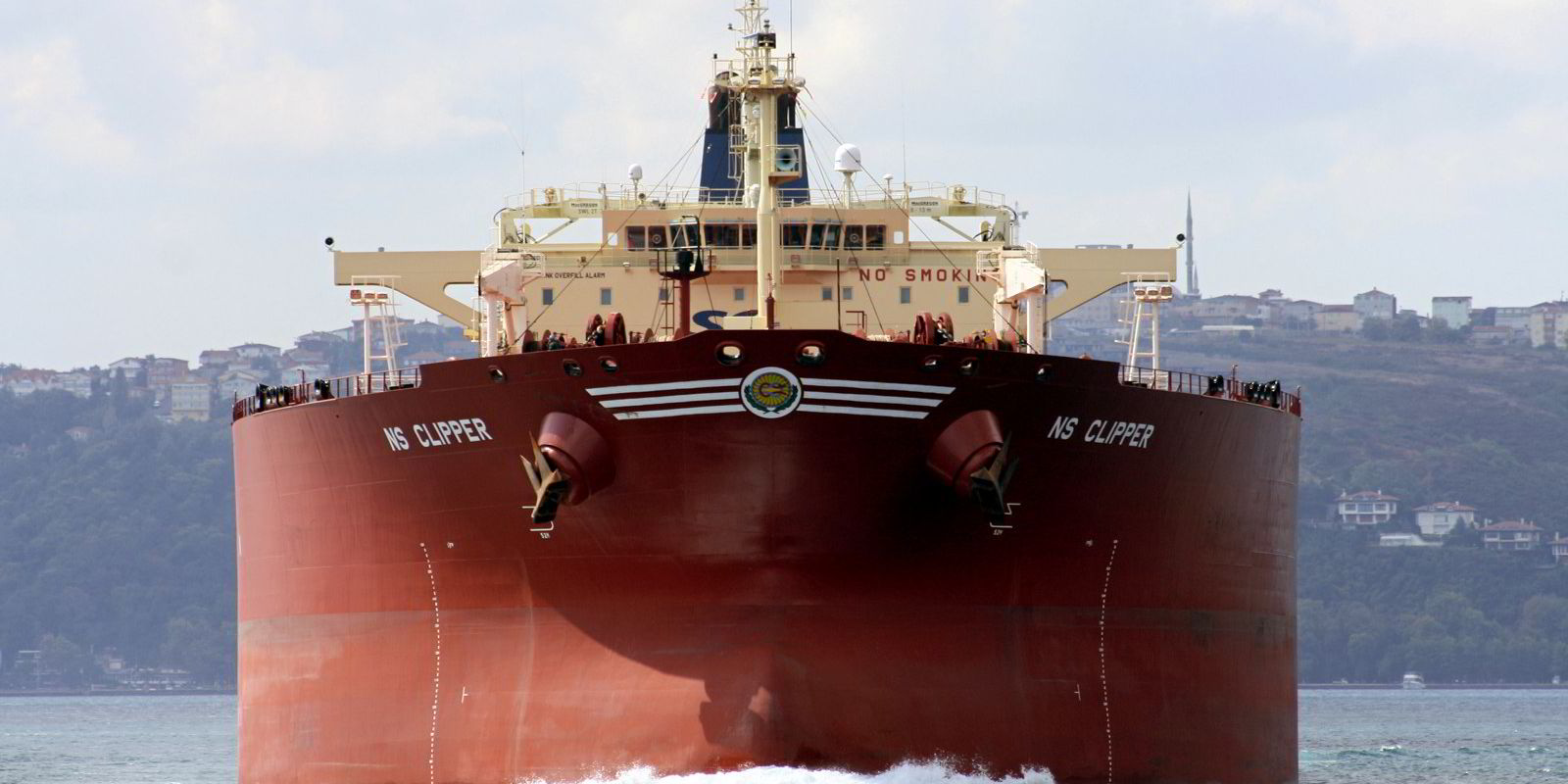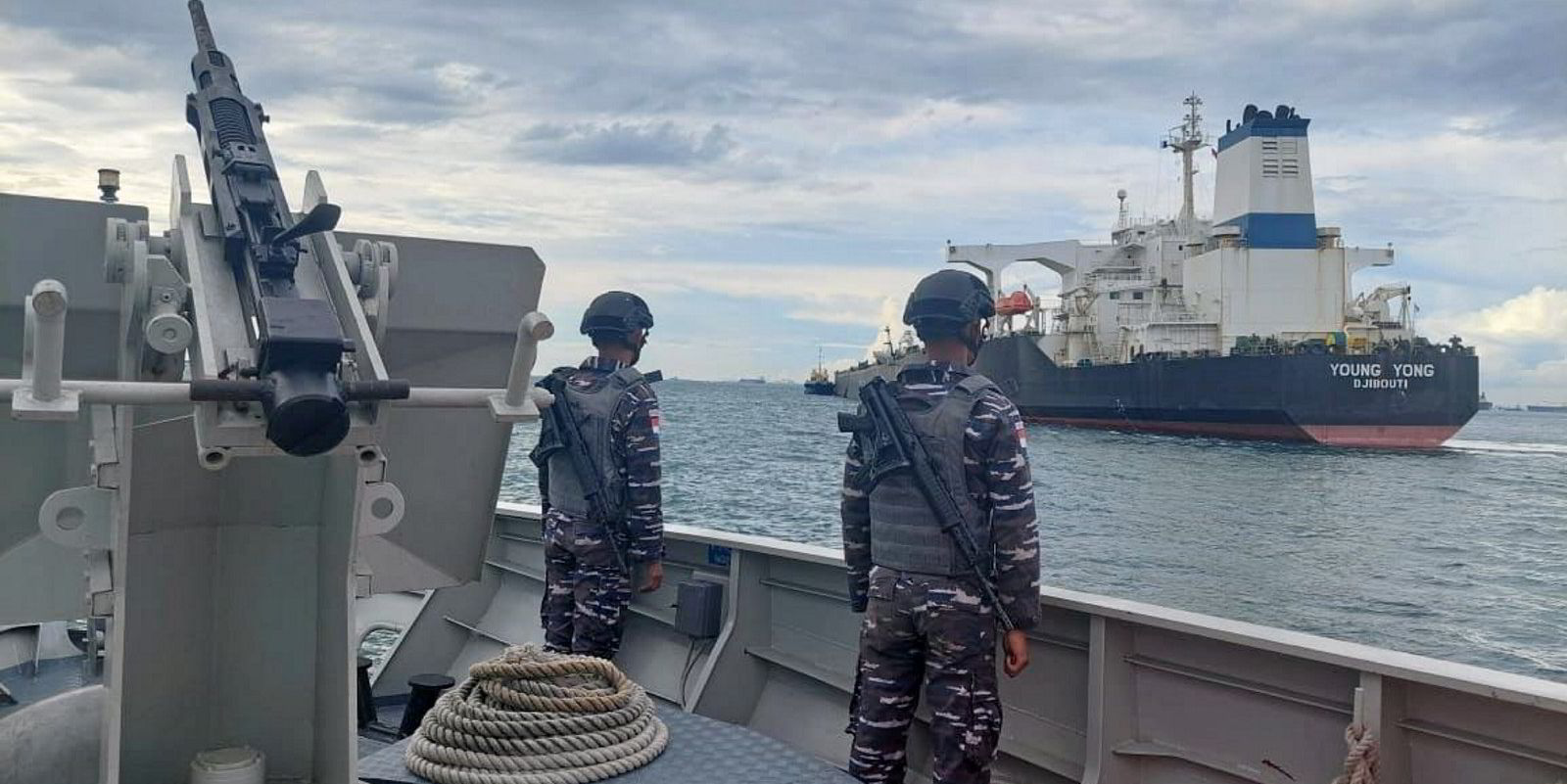After outperforming the rest of the secondhand tanker market this year in terms of both prices and enquiry the market for 15-year-old tankers may have peaked, says a top shipbroker.
Since January values for aframaxes and suezmaxes of this vintage have appreciated by around 58% and 61% respectively, even more than VLCCs which are up 50%, says Gibson Shipbrokers.
The main reason for this appears to be the impending sanctions and corresponding G7 price cap on Russian oil and products due to come into force from 5 December and 5 February respectively.
This is expected to lead to a large increase in the fleet of tankers involved in sanctioned oil trades, especially for Russian cargos given that aframaxes and suezmaxes typically dominate this market.
However, Gibson said we may now be seeing signs of a slowdown in both the demand for these tankers as well as potential the start of a softening of asset values.
“Between September and October 15- year-old aframax prices fell by $2m, whilst larger suezmaxes fell by $1m,” the broker said.
“Both vessel sizes are still valued well above their average since 2015 and since June, both sizes have been valued close to parity, although this might suggest an overheating in 15-year-old aframax market values relative to their fundamental value and size, which had in fact surpassed the long term suezmax average price in April.”
Anecdotally, Gibson said there are reports of potential buyers backing away from deals.

The shipbroker said this trend is supported by its tanker sale data, which shows a gradual decline in the number of suezmax and aframaxes aged over 15 being sold or reported sold.
For example, older aframax/LR2 S&P activity is said to have peaked in May-August, when 39 transactions were recorded compared to September which witnessed six deals and subsequently slipped to five in October.
“This suggests that for the time being demand remains supported by potential Russian linked business even if the rate of sales has declined,” Gibsons said.
As to the reasons for the decline, Gibsons said some shipowners may simply be waiting to see how the imposition of new trading sanctions plays out before making any further moves in the S&P market.
“Beyond the start of crude sanctions on 5 December, further fleet capacity may still be required to facilitate the shipment of Russian oil, but this depends on the level of demand from purchasers of Russian crude,” the shipbroker said.
“Furthermore, demand for older aframaxes and suezmaxes should also remain at elevated levels into the new year as vessels involved in sanctioned trades often operate inefficiently, with the long-haul distances that Russian crude needs to be shipped to its main customers in Asia eating further into the existing fleet capacity.”
Gibson said increased due diligence and compliance checks may make vessel transactions harder if the buying counterparty has fallen afoul of the price cap or has been linked to a sanctioned entity meaning we are unlikely to see the volume of transactions seen this year.
However, it said recent history shows even in the case of Iranian and Venezuelan-linked buyers, there are “ways to circumvent these checks”.
As to the impact this will have on the rest of the tanker market, this remains to be seen, according to the shipbroker.
“In theory, capacity in the non-sanctioned market will be reduced as older units enter the Russian-focused market,” it said.
“However, on balance, this may not result in an overall reduction in vessel supply as international tonnage previously trading Russian cargos will have to leave that market and re-enter the mainstream trade, posing the risk of a sudden increase in vessel availability.
“Although, at the time of writing the European Union is at an impasse on the price cap and so the extent to which shipping companies in price cap coalition countries could leave the Russian market is unclear,” Gibson added.





